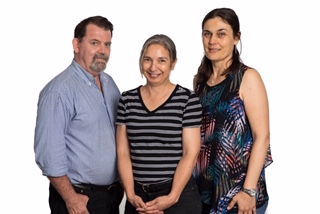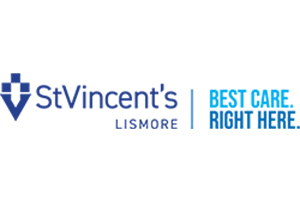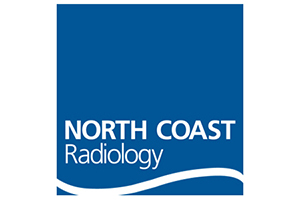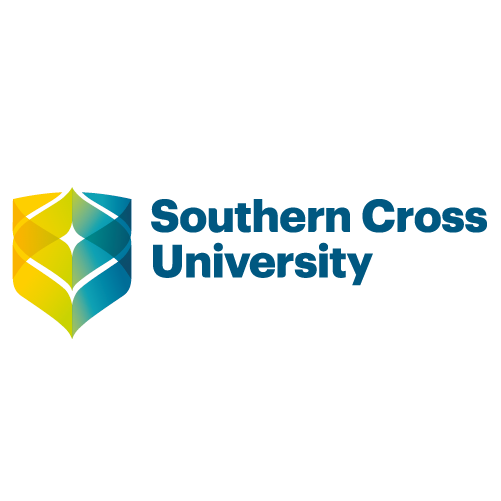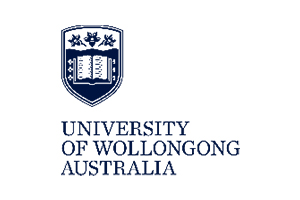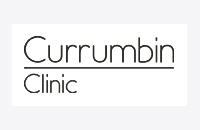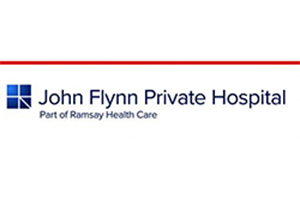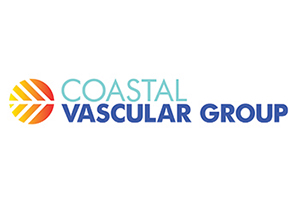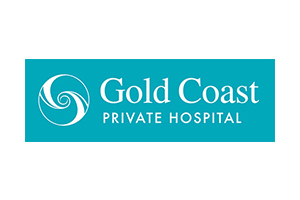Researchers from Southern Cross University have developed a wound repair technique they believe has the ability to speed up the healing process and do away with the need for stitches, staples or glue in many clinical situations.
According to the research team the Rapid Repair novel wound dressing changes the way molecules repair, enabling faster and less interventional healing to take place. Pending expanded clinical trials with the University of Queensland, the technique has already received acclaim from NASA, winning the team its round in the US space program’s “Ignite the Night iTech Event” and securing a place in the August semi-finals.
According to project leader Dr Rosemary Craig, a GP at SCU’s Lismore campus Health Clinic, “NASA is already planning for the future, including the ‘Moon to Mars’ mission and hosts this competition series to hear about latest scientific advances and innovative space ideas.
“The panel of NASA scientists said they thought our rapid healing product would be very useful and valuable in space, especially as communication back to earth can often have a 10-minute delay and this is such a simple treatment to apply.
“We really are over the moon to win this part of the competition… the quality of the other innovations was extremely high.”
The idea came to Dr Craig while she was recovering from a surgical procedure. She developed a device that appeared to heal full thickness skin cuts in a much shorter timeframe than normal.
Her team, which includes biomedical researcher Dr Nedeljka Rosic and business consultant Gerard Criss, has developed the commercial potential of the product through successes in CSIRO’s ON Accelerate program https://oninnovation.com.au/Programs/ON-Accelerate
Dr Craig said, “During our clinical trial on skin cancer wounds we were able to remove patients’ stitches after just one day. These trials are showing this novel dressing works on all skin types, including on aged skin and people with diabetes, and can minimise scarring.
“Future trials plan to heal cuts and wounds without using stitches at all.
“It is simple and painless to apply, using a non-invasive device with a long shelf life. The potential impact of this technology is enormous as it not only increases the rate of repair but significantly changes the way wound healing is understood.”
While the team was unable to travel to San Francisco due to current restrictions, they were able to take part in NASA coaching sessions and give a series of virtual presentations and interviews across the week, mostly between 2am and 6am Australian time. Of the 25 semi-finalists, 10 teams will be chosen to spend a week at NASA when restrictions lift.
SCU said the Rapid Repair wound dressing is already entered on the Australian Register of Therapeutic Goods (ARTG 331993) and with a greater dataset will soon be able to register with the FDA.
The Head of its School of Health and Human Sciences, Professor Julie Jomeen, called the team’s win an “amazing achievement” and said the school was excited to see the innovative research develop and deliver real impact in wound care.




